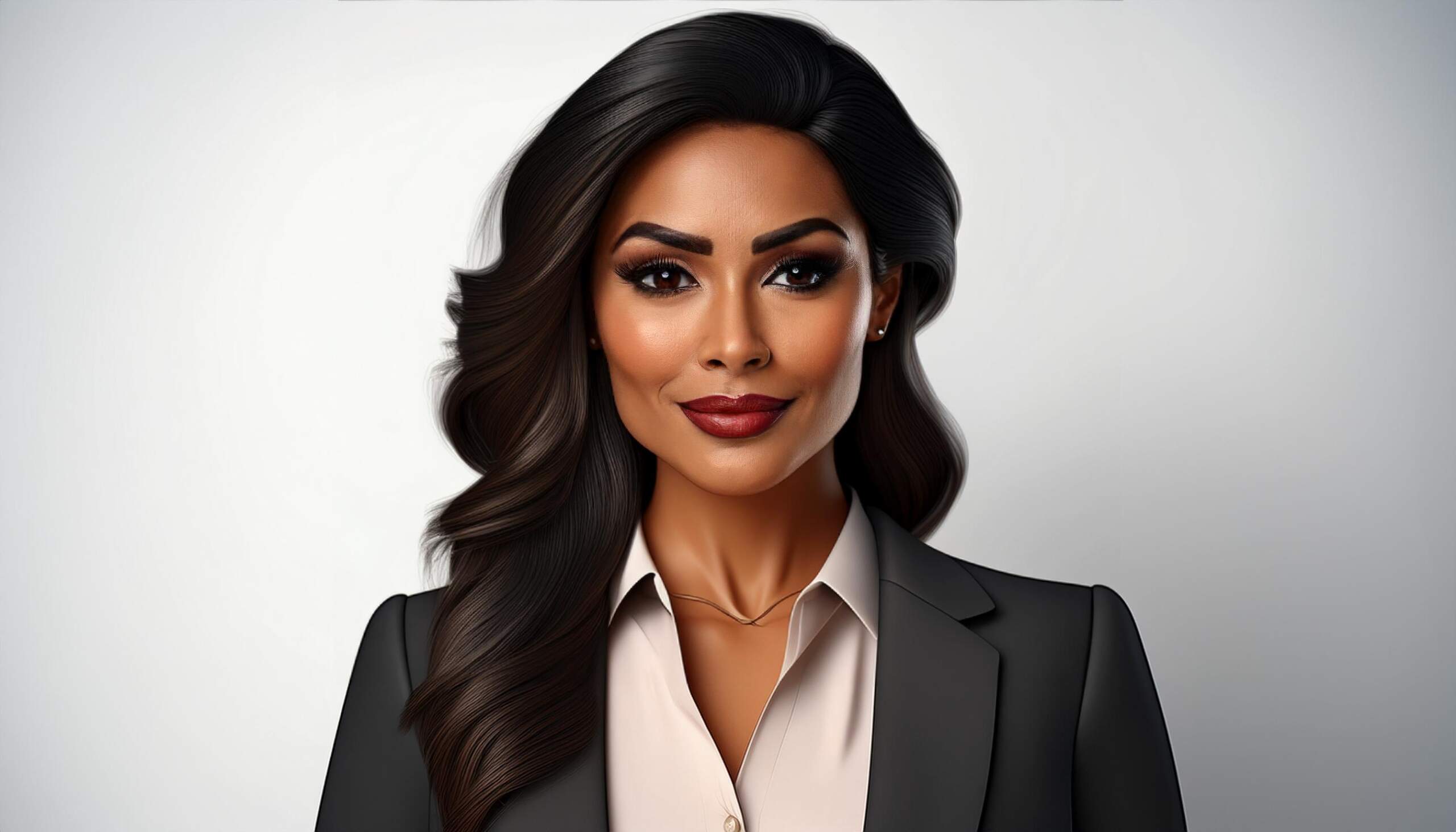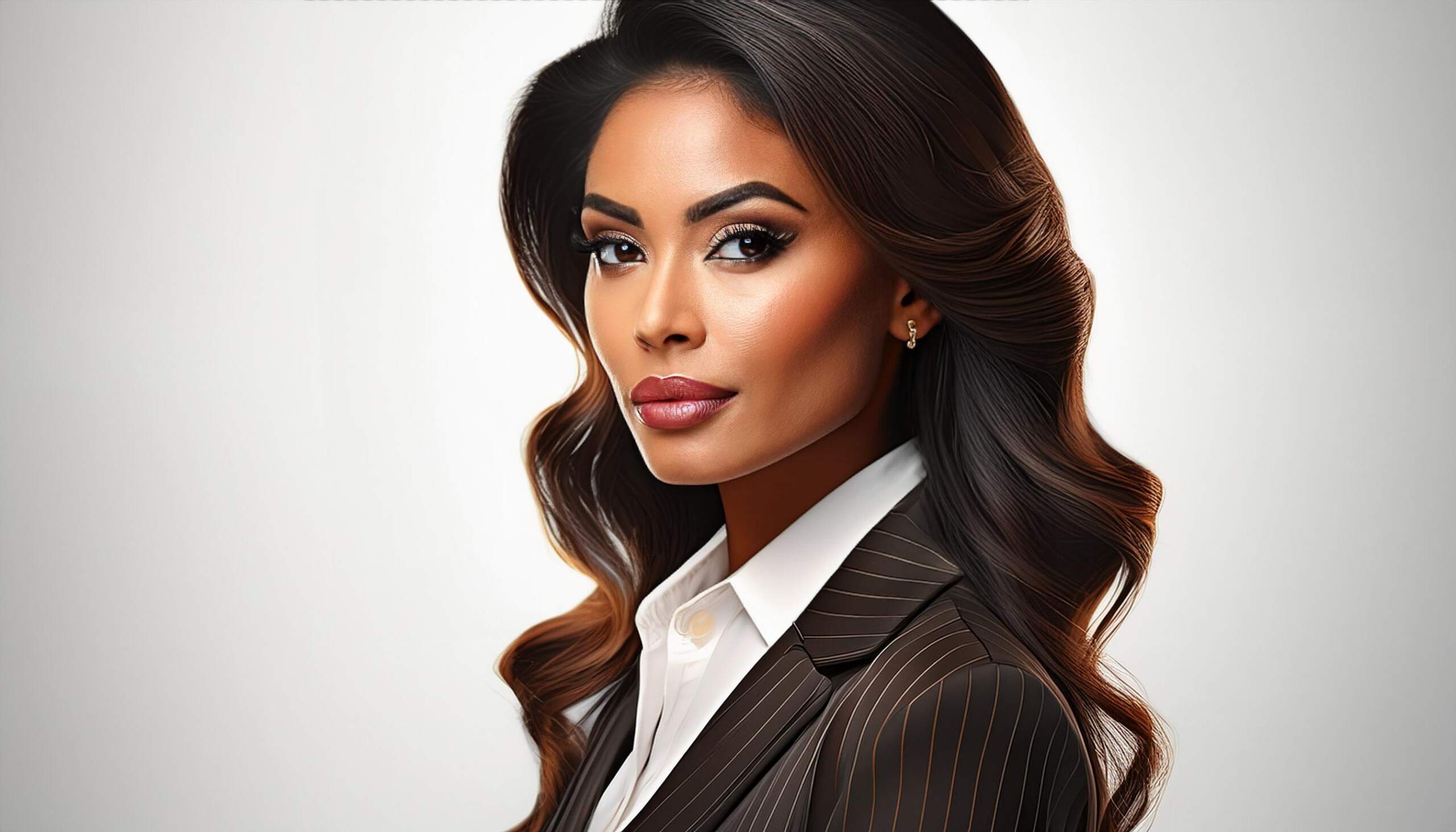The importance of Body Language : Shoulders and Posture
In this, the second part of our series, we look at upper body changes that can help turn your headshot into a standout image. The first part of our series looked into Eyes, Chin and Camera Height and can be found here.
Shoulders
When your shoulders are straight-on to the camera, you are at your broadest. Now, if you already have a very slight frame, this may be desirable. Alternatively, broad shoulders are considered more ‘masculine’ and this may also be the look you are going for. Personally I’m not a fan of this look, it can be a bit ‘passporty’ as if little care and attention was made to the headshot and the subject was asked to stand in front of the camera and smile. That’s not to say I haven’t shot images with this pose and liked them, it’s just that in the vast majority of cases, I find it a bit stiff and a small change can transform the look.

Turn your shoulders slightly away (but turn your chin back closer to the camera) and you have a far more pleasant looking image. The width of the shoulders is reduced and the image immediately feels more like a professional shot vs a passport / splash-and-dash. Getting the right angle here is important and that goes for the chin and the styling of the hair. Imagine the image below but with the hair on the near shoulder – it would obscure a large part of the face and that’s not ideal as it can make it seem like you’ve got something to hide (similar to wearing sunglasses or dark shades). Once the shoulders are turned, start making small, subtle adjustments to your chin position and even a slight tilt to round out the image.

Finally, it’s always worth trying a more extreme, 90 degree view. Note the chin has to start coming back towards the camera but twisting it all the way back is awkward. The more you turn the neck, the more the creases on the neck will show. A high collar can hide this but just be aware of the pitfalls. On the plus side, the shoulder width is at its shortest distance and it’s certainly an eye-catching viewpoint.

The dip
One slight variation on these last two images is ‘the dip’ – this is a very slight drop on the front shoulder (the shoulder nearest the camera). It can look like you’re being attentive (‘leaning in to the viewer’) and when it works it can add a very positive extra dimension to your headshot.
Posture
Posture is probably one of the easiest items to correct and one of the hardest items to maintain. Let’s face it, most of us have less than ideal posture. If you are turned to the side, any curvature of the spine or droopiness will be evident. It’s pretty easy to get people to ‘stand up straight’ for a few seconds, but during the course of a session the natural / default posture will return time-and-time again. Be conscious of your own posture and if you spot yourself drooping a little, correct yourself or ask your photographer to keep an eye out for it.
Summary
None of these poses are wrong, but all three convey a different feeling within the image. During your headshot session you may have an opportunity to try out all three. If so, go for it, and see what ‘look’ you prefer or more importantly, your viewers might prefer. Try variations within the variation, such as hair to one side, or chin angled back to the camera. If there’s room to experiment, do it, because you never know what difference a subtle change can make to your headshot.


